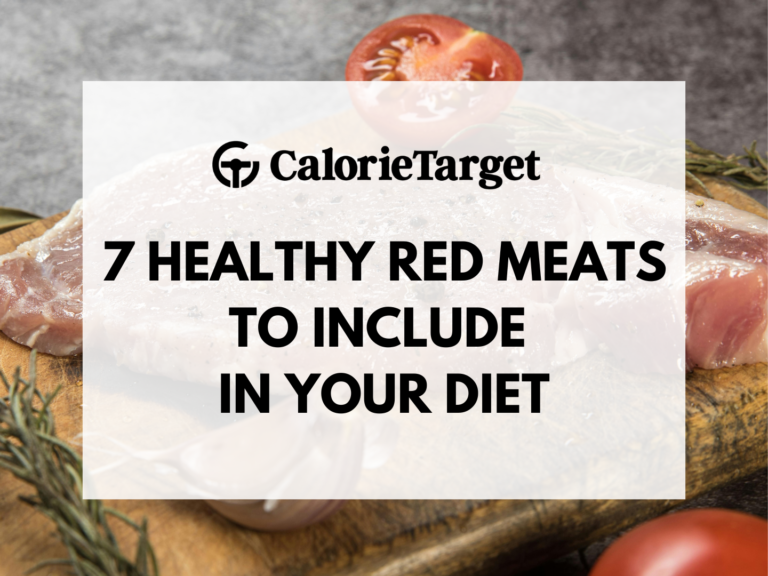Red meat, often a topic of discussion in the realm of nutrition, occupies an important place in many diets worldwide. While some varieties have gained notoriety for their potential health effects, several red meats offer a range of nutrients and health benefits when consumed in moderation. Let’s delve into a selection of healthy red meats that stand out as the healthiest choices, provide essential nutrients and contribute positively to a balanced diet.
Beef lean meat
Calories: 170 calories per serving
Lean beef, specifically cuts like sirloin, sirloin and round steak, is emerging as a top contender among healthy red meats. These cuts are usually lower in fat, offering plenty of high-quality protein, essential vitamins and minerals. Lean beef supplies the body with iron, zinc, B vitamins and other micronutrients vital for various bodily functions. Incorporating lean beef into meals provides a significant nutrient boost without excess saturated fat, making it a healthy choice for meat lovers.
Bison
Calories: 150 calories per serving
Bison, often referred to as buffalo meat, stands out as a nutrient-dense and lean red meat option. Compared to beef, bison contains fewer calories and less fat while still offering a similar protein content. Bison provides essential nutrients such as iron, zinc and vitamin B12. The relatively lower fat content and higher proportion of omega-3 fatty acids in bison contribute to its reputation as a heart-healthy choice in the red meat category.
Venison
Calories: 150 calories per serving
Venison, the meat derived from deer, is presented as a lean, protein-rich alternative to red meat. Venison offers a remarkable nutritional profile, including iron, vitamin B6, niacin and riboflavin. Its leanness and rich flavor make it an attractive choice for health-conscious individuals looking for a red meat variety that aligns with their nutritional goals. The lower fat content of venison compared to beef and pork positions it as a favorable choice for those aiming to reduce their overall fat intake while enjoying red meat.
Lamb
Calories: 250 calories per serving
Lamb, although slightly higher in fat compared to some other red meats, brings its own unique array of nutrients to the table. Lamb provides essential vitamins and minerals such as iron and zinc. While lamb is higher in saturated fat, choosing leaner cuts and moderate portion sizes can allow people to enjoy its intense flavor while benefiting from its nutrient content.
Elk
Calories: 105 calories per serving
Elk meat is another lean red meat option with a rich flavor and solid nutritional profile. Moose offers a high protein content along with essential nutrients such as iron, phosphorus and vitamin B12. Its low fat content and high levels of omega-3 fatty acids make it a heart-healthy choice. Elk’s nutrient density supports muscle maintenance and overall health, making it an excellent addition to a balanced diet.
Goat
Calories: 110 calories per serving
Goat meat is a staple in various cuisines around the world and is known for its lean, nutrient-dense texture. Goat provides a good source of high quality protein, iron and potassium while being lower in fat compared to beef and pork. Its lean nature and strong flavor make it an excellent choice for those looking to diversify their red meat consumption while maintaining a healthy diet.
Ostrich
Calories: 140 calories per serving
Ostrich meat is a unique and nutritious red meat option with a taste and texture similar to beef but significantly lower in fat. Ostrich is rich in protein, iron and vitamin B12, supporting energy levels and muscle function. Its low calorie and fat content, combined with its high nutrient density, make ostrich a great alternative for those looking for a healthier red meat option.
Conclusion
In conclusion, while red meat has been thoroughly debated regarding its health effects, several varieties offer significant nutritional value when judiciously incorporated into a balanced diet. Choosing lean cuts, exploring alternatives such as bison, venison, elk, goat and ostrich can maximize the benefits of eating red meat while minimizing the potential downsides. As with any dietary choice, moderation and careful selection play key roles in reaping the health benefits of these healthy red meats.
